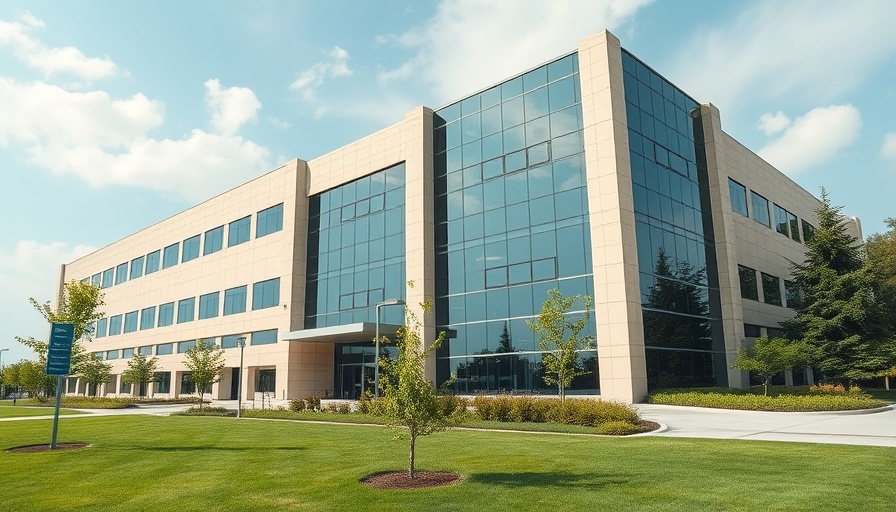
Understanding the Cybersecurity Landscape in Healthcare
The healthcare sector has become a prime target for cyberattacks, as exemplified by the recent ransomware attack on the University of Vermont Health Network. Unlike traditional disaster recovery mechanisms that prepare for natural disasters or hardware failures, cyber recovery strategies must adapt to the unique and often invisible threats posed by cybercriminals. These incidents do not merely disrupt operations; they challenge the very foundation of patient trust and safety.
Lessons from the University of Vermont Health Network Attack
In October 2020, the Vermont health system experienced a catastrophic ransomware attack that demonstrated the limitations of traditional disaster recovery plans. When a single employee inadvertently opened a malicious attachment, 1,300 servers went offline within 15 minutes, showcasing how swiftly a cybersecurity incident can escalate. "We had downtime procedures for routine IT issues, but these only accounted for outages of a few hours at most," said Nate Couture, the health system's CISO. This incident forced the organization to confront its vulnerabilities, revealing a gap in their disaster recovery strategy that had not accounted for extended outages caused by cyber threats.
The Evolving Nature of Recovery Protocols
As Lee Kim from HIMSS explains, traditional disaster recovery assumes that systems can be restored rapidly from backups. Cyber recovery, however, demands a fundamentally different strategy, which may involve using temporary systems for weeks while the primary environment is rebuilt. Unlike natural disasters where systems can be restored straightforwardly, cyber incidents require a comprehensive assessment of the breach, including potential data exfiltration and long-term impacts on operations.
Building Resilience in Health IT Systems
Beyond simply having a backup in place, health organizations need to design their IT infrastructures to withstand cyber threats. This includes implementing security protocols that continually monitor for breaches, along with crisis response teams ready to act. The University of Vermont Health Network has taken steps to improve its cybersecurity posture by sharing insights with other organizations to foster better collective defense against cybercrime.
Actionable Steps for Health Systems Today
Healthcare organizations can take several proactive steps to bolster their cybersecurity resilience:
- Regular Training: Staff should undergo regular training to recognize phishing attempts and other cyber threats.
- Robust Backups: Maintain multiple, regularly updated backups of crucial data that are isolated from the main network.
- Crisis Management Planning: Develop detailed response plans that account for various potential cyber scenarios and ensure they are tested regularly.
- Collaborative Learning: Engage and collaborate with other health systems to share best practices and learn from one another’s experiences with cyber incidents.
The Future of Cybersecurity in Healthcare
As cyber threats continue to evolve, so too must the strategies employed by healthcare organizations to counteract them. The attack on Vermont’s health network is a grim reminder that in the world of cybersecurity, preparedness and adaptability are key. Organizations that take proactive measures, including building resilient infrastructures and fostering cooperation towards security, stand a better chance of not just surviving, but thriving amidst an ever-risky digital landscape.
In conclusion, healthcare systems must continuously analyze and reassess their recovery plans, priorities, and interconnectedness to enhance their defenses against the looming cybersecurity threat. The time to invest in these strategies is now.
 Add Row
Add Row  Add
Add 




Write A Comment